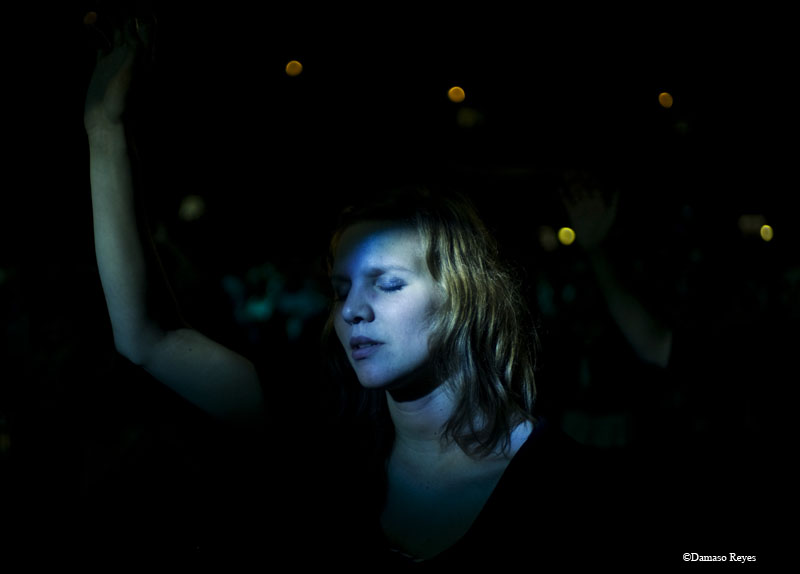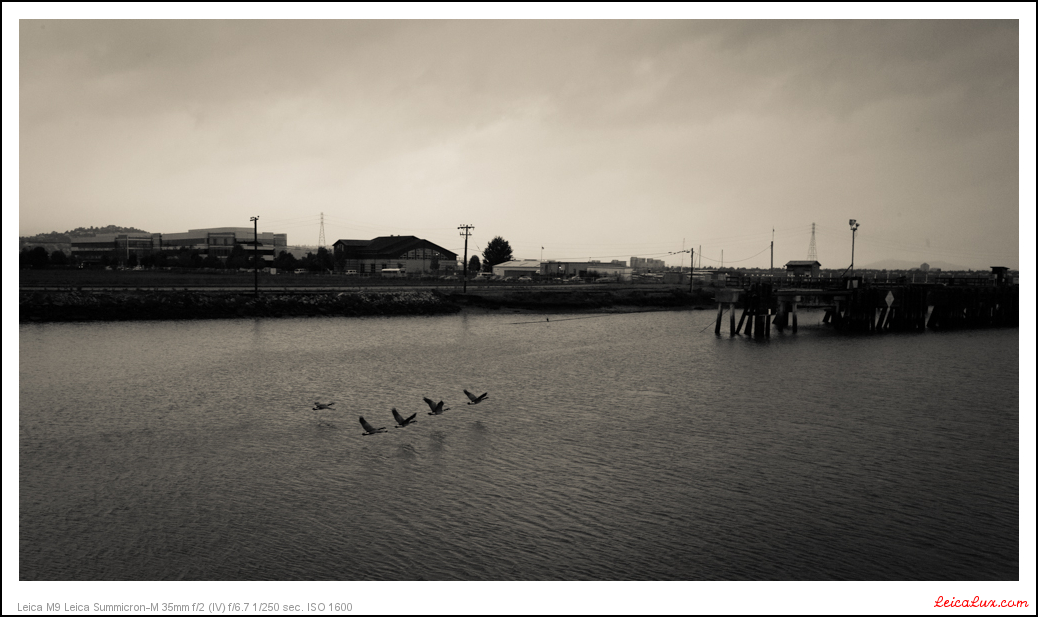johannielscom
Snorting silver salts
This is an interesting discussion, but my take is that sometimes its best not to have all the answers when it comes to photography.
Not sure we'll arrive at even one answer here, let alone all the answers. 😀
This is an interesting discussion, but my take is that sometimes its best not to have all the answers when it comes to photography.
Great shot, Damaso. Definitely captured the emotion there.
Keith, my feeling is that the only way forward for photography is for photographers to communicate a very personal point of view. There are billions of photos that stand on their own.
Great shot, Damaso. Definitely captured the emotion there.

Greg, as a newspaper shooter, I've spent my professional life creating artifacts. But it is windows I want to create in my personal stuff. To do that effectively means I constantly struggle to say through photos what's in my head. I'm much better at artifacts than windows.
Exdsc, no matter how long you've been at this photography thing, you keep pushing the limits, trying to get closer to your vision. The increments get smaller and harder to achieve. But, for me, that's what it's all about. We'll never have all the answers, but some feel tantalizingly close at times. 🙂
How do you create an image without the photographer's voice? What is 'on its own'?I think the question goes deeper than addressing whether or not one COULD but rather whether or not one SHOULD. Your question is similar to an ancient debate of didacticism versus the philosophy of 'ars gratia artis' or art for art's sake.
Should a photographer's 'voice' be conveyed through his photographs or should an image stand on its own?
Dear David,Here's just a personal theory, please be gentle if you disagree. I'm learning that as I get better, I go for wider angle of view. In a way, as a beginner, I want to isolate the single subject, but as I learn more and want to communicate more with my photographs, I need a wider angle to capture the subject along with the relevant scene. To me, to communicate a mood and emotion, is more like transfer them. You saw something, felt something, now you need to capture all of those elements in your photograph so the same elements may trigger the same emotions in the viewer.
my 2 cents.
Dear David,
Interesting idea. Maybe it's age related, too. Assuming that's you in the avatar, you look to be quite a bit younger than I, and I've found that after 30+ years of using mostly 35mm (Summilux) I now use mostly 50mm (C-Sonnar). More and more extraneous details seem to become irrelevant to me...
Cheers,
R.




